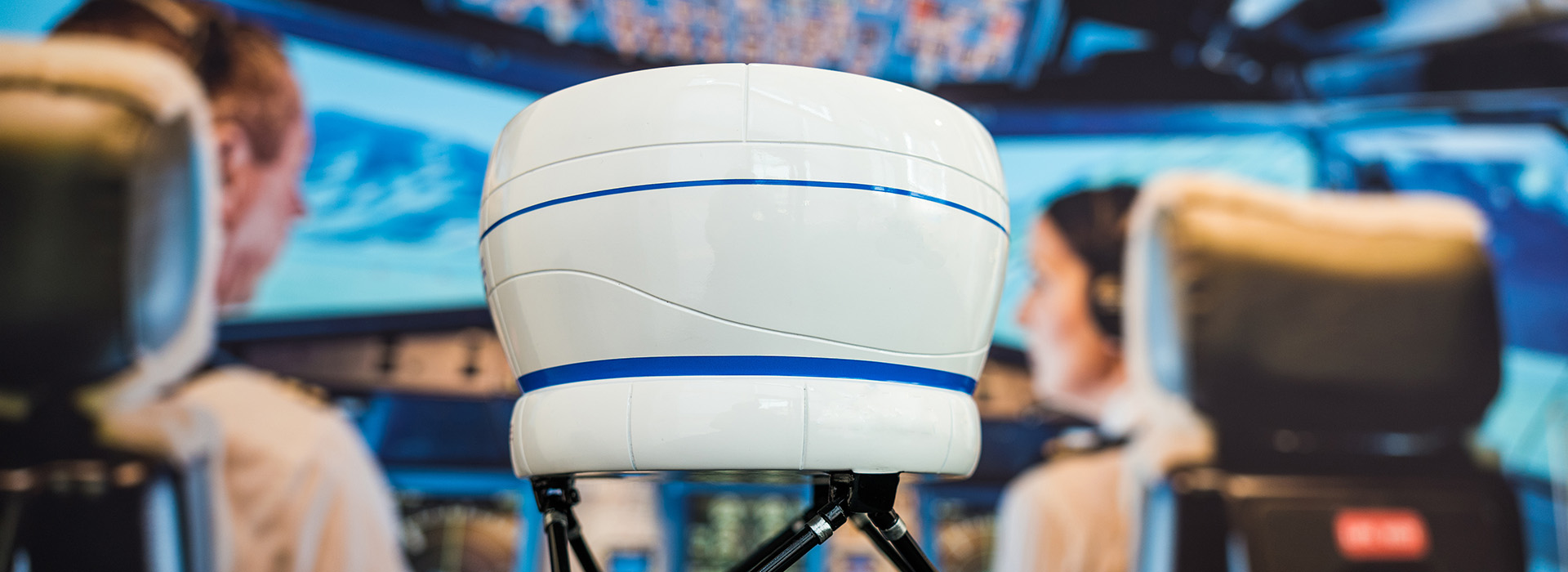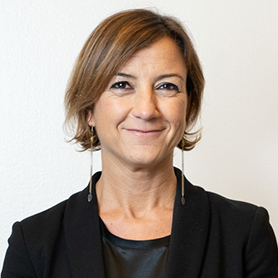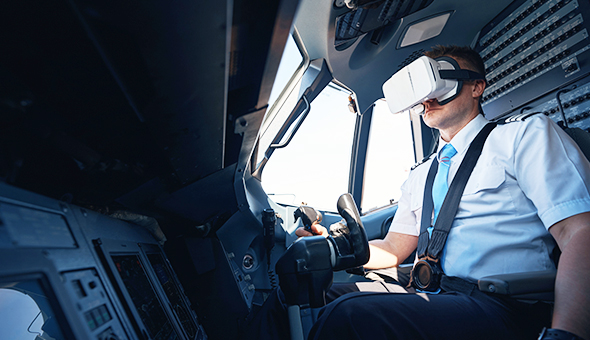Beatrice Lamonica: Keeping Sustainable Business Models on Track
For Beatrice Lamonica, Head of Environmental Strategy and Policies at aerospace, defence and security multinational, Leonardo, a sense of purpose underpins her career choices. Here, she talks to dss+ about why leadership support, addressing current market failures and new technology are crucial to keeping sustainable business models on track.


Beatrice Lamonica
Head of Environmental Strategy and Policies, Leonardo
Q.
Your professional path has included roles involving diversity, crisis management, health and safety and now back to sustainability. What was your starting point?
For me, a sense of purpose is vital, and all the roles I have undertaken reflect this. But being fully immersed in a sustainability leadership role is where my heart lies as I am in a position to shape a more holistic sustainability strategy. A love for science has also guided me. I studied to be an environmental engineer, which was a new faculty at the time. At the beginning of my career I started with on-field activities carrying out HSE audits in oil refineries. I then followed the wave of carbon reduction projects, including setting out the business case and taking a more strategic approach. More recently, I have seen a shift in the conversation with C-suite discussions focusing more on new business models and opportunities related to the circular economy. So it’s an exciting time to be involved in developing a more sustainable business landscape by using the experience I have gained.
Q.
How has the business culture and leadership impacted how sustainability issues are now treated?
The cultural shift in businesses over the last 20 years has been impressive. However, there is still plenty of work to improve our understanding of the complexities of creating a more sustainable future. Part of the issue is that we are dealing with intangibles or long term consequences of inaction, which are more challenging to strategise for. So we need to paint a clearer picture of the business opportunities in embracing sustainable models. That said, I think industries have made progress on internal processes that reduce their carbon footprint where legislation and renewable energy choices are at a more advanced stage. But for companies to become genuinely sustainable, they have to look at all aspects, both internal and external, from operations to procurement, the supply chain and human resource issues such as diversity and inclusion. You have to look across the business model and examine how each component plays a part in transitioning to more sustainable business models. This is where leadership is essential; to drive that change management process forward.
Q.
How positive are you on industries ambition to reach their sustainability goals, and if you had the opportunity to make one regulatory change to boost the chances of success, what would it be?
I feel optimistic that we are talking about the issues and some good actions are being taken. But the data on how fast we are heading into an environmental crisis is depressing. I also think the developed world has a significant role to play in setting leadership standards in terms of laws set and giving more support to developing nations. Too often, there are conflicting demands and an element of short-termism driving legislation that can work to water down efforts made. So if I could make one regulatory change, it would be to account for the environmental and societal costs of sustainability-related actions are reported as profits and losses within company accounts and taxed accordingly. I believe this would be key to changing current market failures not just from a taxation perspective but as a fundamental driver of business planning objectives. We only have to consider circular business models to see the opportunities of this approach. The gap in demand versus availability of resources is currently huge and will only increase. So businesses committing to the circular economy should be able to account for the environmental and societal benefits they have achieved.

Businesses committing to the circular economy should be able to account for the environmental and societal benefits they have achieved.
Q.
Technology is seen as a gamechanger for achieving sustainability ambitions. What's the current state of play in your sector?
Technology and innovation in the aerospace sector are vital. Not only from an engine efficiency perspective and the transition to sustainable aviation fuel but also identifying new materials that have a lower environmental impact. We set up Leonardo Labs a couple of years ago to explore different forms of innovation including materials and structures that can support circular economy opportunities. An additional area where technology is making an impact for us is pilots’ training simulations. Here virtual reality is helping to reproduce flight systems and situations in a safe and standardised way, thus reducing hours of actual flight. Another area is data processing capacity, which can be a huge energy consumer. We have developed one of the world’s first supercomputers in the aerospace and defence (A&D) sector that can process data at speeds that have never been achieved before, equivalent to 10.000 last-generation PCs. It’s a development that supports industry digitalisation and further reduces our carbon footprint. These examples are where clever innovation and the use of technology are making huge inroads into achieving more sustainable business models.
An area where technology is making an impact is pilots’ training simulations. Here virtual reality is helping to reproduce flight systems and situations in a safe and standardised way, thus reducing hours of actual flight.
Q.
We often talk about sustainability touching different aspects of the business. How do they each connect, and what’s the benefit?
If we accept that caring for people and the planet are core elements of a sustainable business model, then safety excellence is a major ingredient, particularly in sectors with a higher number of safety risks to navigate and manage. The Covid pandemic shone a light on safety in the workplace and provided the opportunity to increase sustainability maturity from a health and safety (HSE) perspective. HSE personnel work at an operational level and are well placed to raise awareness of safety issues, suggest changes and make things happen. From a business performance perspective, organisations that embrace sustainability have a vast opportunity to attract new clients, enter new markets and capture funding from investors and governments. There’s also the potential to attract the best talent, particularly the younger generation entering the workforce who have sustainability high on their list of employment must-haves and helping to improve the supply chain by educating and supporting sustainability ambitions. An organisation that understands how these connections impact sustainability initiatives are in the best place to reap the benefits.
From a business performance perspective, organisations that embrace sustainability have a vast opportunity to attract new clients, enter new markets and capture funding from investors and governments.
Q.
What’s your advice for improving the chances of success in delivering sustainability projects?
The first step is to get leadership support for projects, as, without it, you lose the broader engagement needed to get sustainability initiatives up and running. Also, programmes need to be fully assessed and costed so that the right level of funding is allocated and, equally, there is a clear cost-benefit to the business. Having a flagship initiative to kick off any sustainability programme is a quick and easy way to gain momentum, as you will need time before the programme yields results. It’s good to keep the conversation going and build momentum for more significant initiatives down the line.